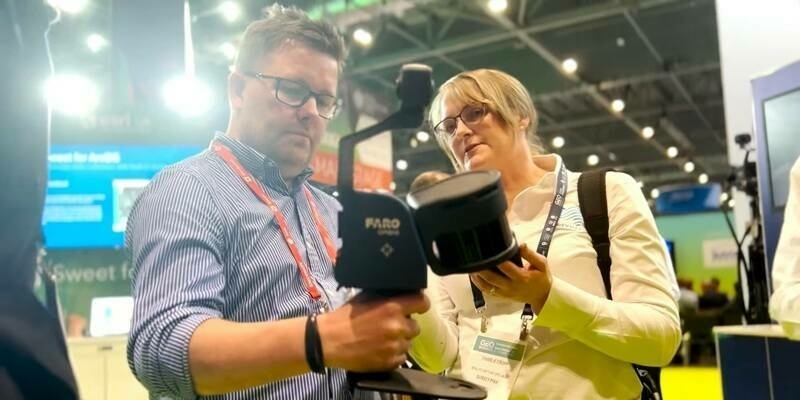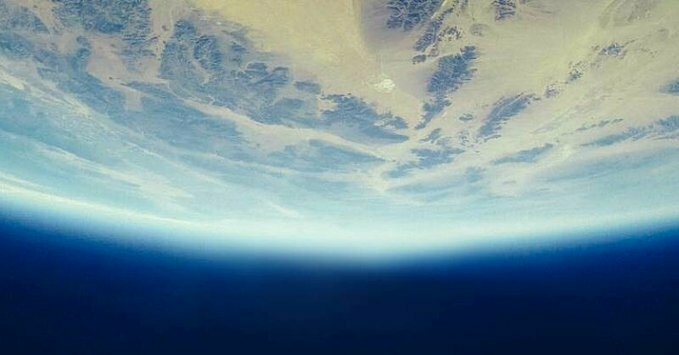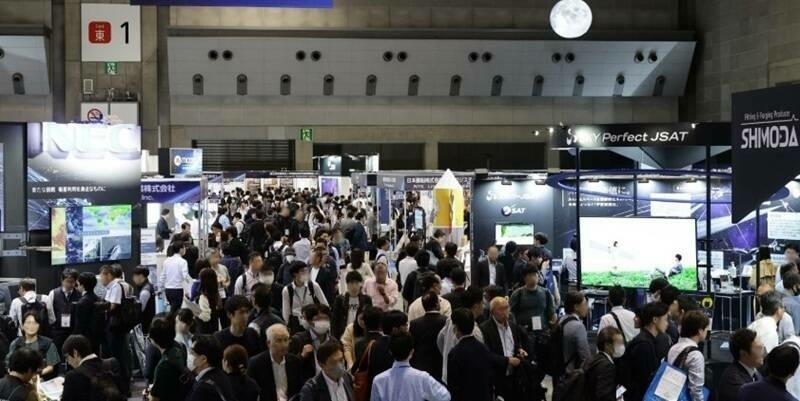In 2017, NAUSICAA will be turning its attention to the subject of sustainable tourism.
As soon as the Centre reopened, the topic of sustainable tourism was highlighted in the Mangrove area, through a number of new animals. The latest arrivals at the French National Sea Centre are land hermit crabs (Coenobita rugosus), Atlantic mudskippers (Periophthalmus barbarus) and Khao stick insects (Phaenopharos khaoyaiensis).
2017 topic of the year: NAUSICAA's look at sustainable tourism
The General Assembly of the United Nations has proclaimed 2017 as the International Year of Sustainable Tourism for Development.
NAUSICAA has decided to support the theme by showing how everybody can make a contribution to sustainable tourism through the choices they make as consumers and the leisure activities they undertake. It is possible to give meaning and value to everything we do by preferring activities that encourage the preservation of the marine environment. This also helps to improve our knowledge of the oceans, marine animals, climate and activities in the maritime sector.
Sustainable tourism for development creates a cultural approach to a region while respecting its ecosystem and explaining how, in certain areas of the world, Man lives in harmony with the surrounding biodiversity and makes the best possible use of its resources.
Sustainable tourism means taking account of the economic, social and environmental aspects
of a location.
Environmental volunteering, citizen sciences, the development of diver networks, yachtsmen or tourists involved in community programmes and schemes to preserve the natural environment are just some examples of these new types of tourism.
NAUSICAA will look at this new trend towards responsible consumerism through displays of unusual, sustainable tourism initiatives in various exhibition venues.
Sustainable tourism will also be the main topic of a number of presentations, talks, special events etc.
The mangrove, an example of sustainable tourism for development
The vegetation growing close to the mouth of rivers and in deltas is ideally suited to the brackish water. This is the mangrove, which grows out into the sea. The strange trees are buttonwoods whose tangle of aerial roots helps to stabilise the mud. The trees are washed by the ebb and flow of the tides and are home to some amazing creatures for which mangroves provide shelter and food. They are also a nursery for young creatures which, once fully grown, will head out to sea.
Mangroves are found in the tropics. They are a vital ecosystem for the world's oceans and for the planet itself. Sustainable tourism for development explains how, in certain areas of the world and particularly in the tropics, Man lives in harmony with the surrounding biodiversity and makes the best possible use of its resources.
Here are the new arrivals in NAUSICAA's mangrove (See Images):
Land Hermit Crab Coenobita rugosus
The land hermit crab lives on coasts from East Africa to the Pacific. Like all hermit crabs, it hides its soft body in a borrowed shell. It has an average length of 1 to 2 cm. It is an omnivorous detritus eater. Some 70% of its food is plant-based; the remaining 30% consists of meat. Hermit crabs are gregarious animals. They live in colonies in humid zones between beaches and the edge of forest areas. They feed at night and are capable of extracting water from sand if it is sufficiently saturated.
Atlantic mudskipper Periophthalmus barbarous
The Atlantic mudskipper is endemic to mangroves. It lives in mud, rocks and between the roots of the buttonwood trees. It is an amphibious creature, capable of living in and out of water. It can submerge itself or emerge totally. When not in the water, it breathes using special cavities in its gills which enable it to store water and provide oxygen through capillary vessels in its mouth and throat. It can also walk or jump on mud using its fins. Its eyes suit its lifestyle. Positioned on the top of its head, they enable the animal to see in all directions.
Khao stick insect Phaenopharos khaoyaiensis
Khao stick insects are unusual creatures that can camouflage themselves easily thanks to their elongated body resembling a blade of grass or a stick. They are capable of parthenogenesis, a form of single-parent reproduction. In the absence of males, the females can lay viable eggs but they will produce only females. The stick insect is an herbivore, nibbling leaves with its powerful jaws, known as mandibles. In captivity, the Khao stick insect feeds on leaves from brambles, roses, raspberry canes, blackcurrants or St. John's wort.
Subscribe to our newsletter
Stay updated on the latest technology, innovation product arrivals and exciting offers to your inbox.
Newsletter

